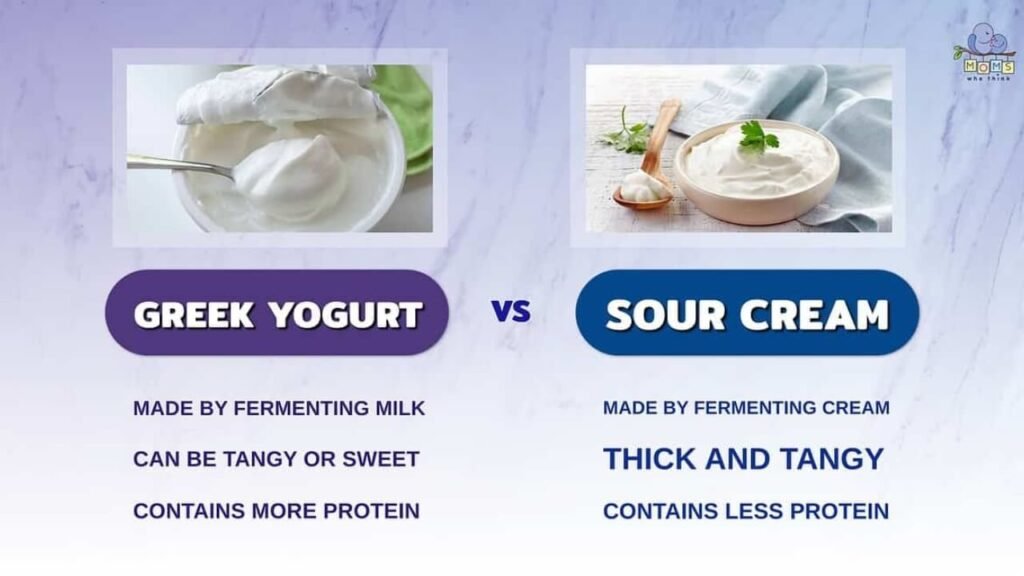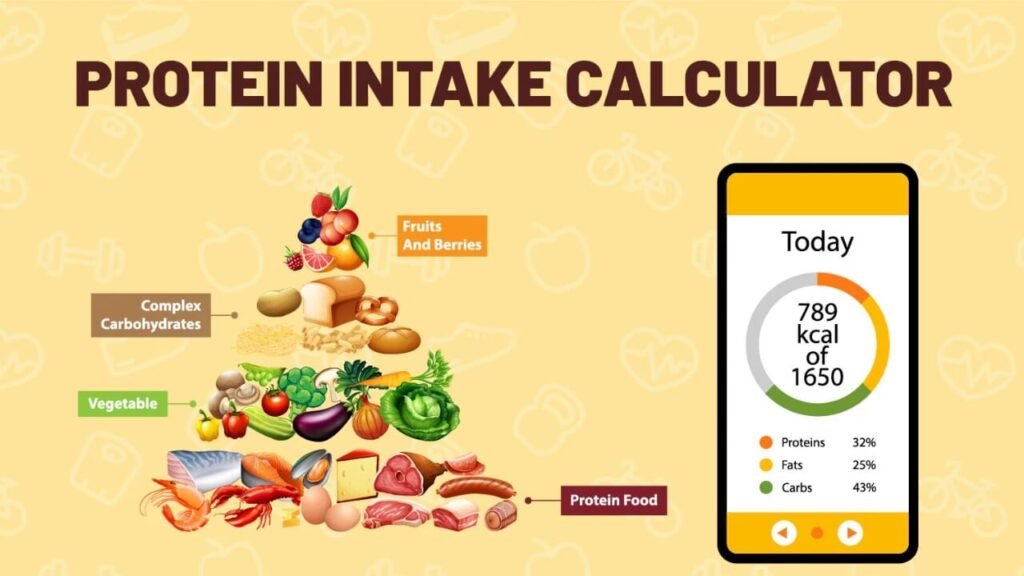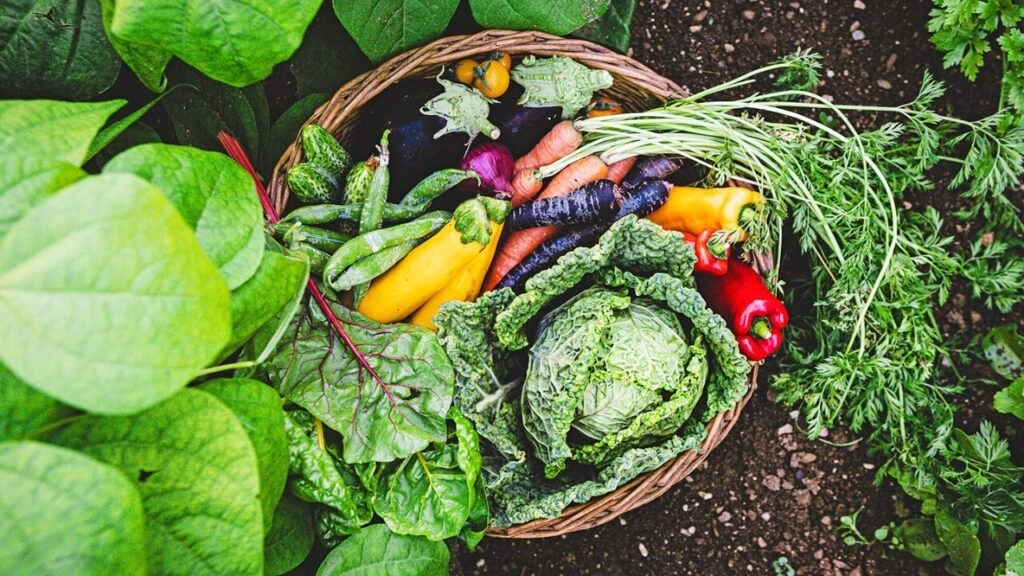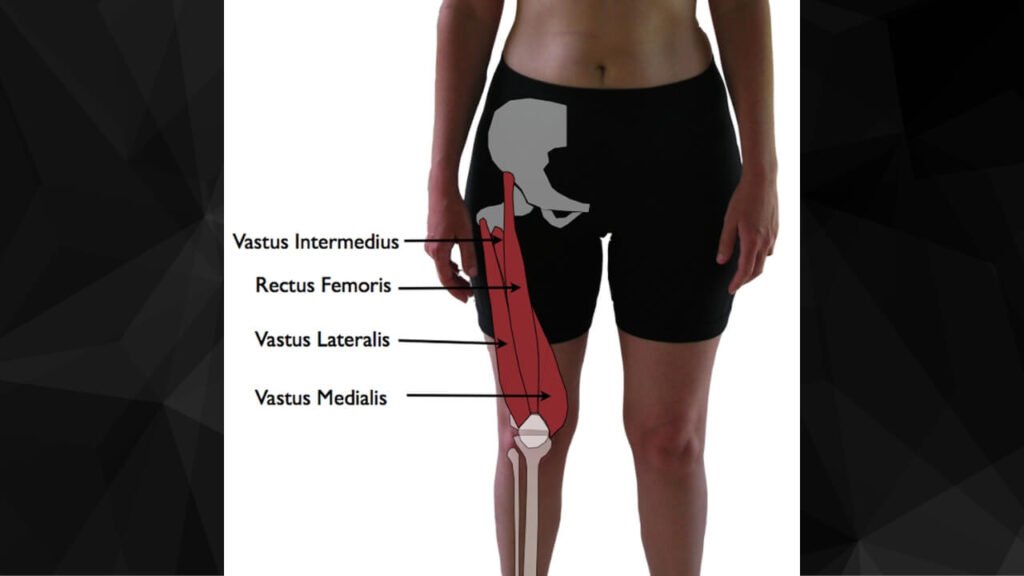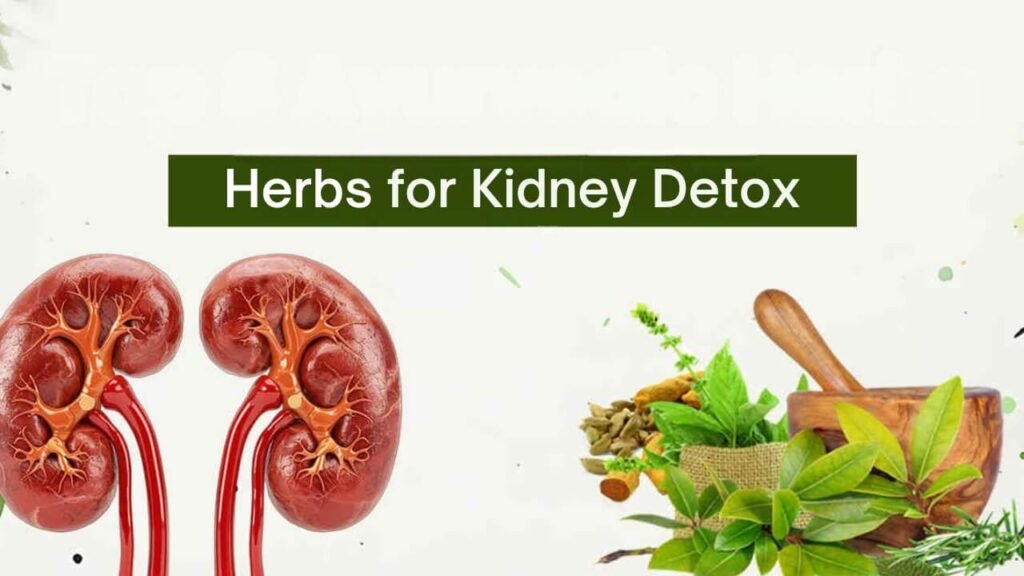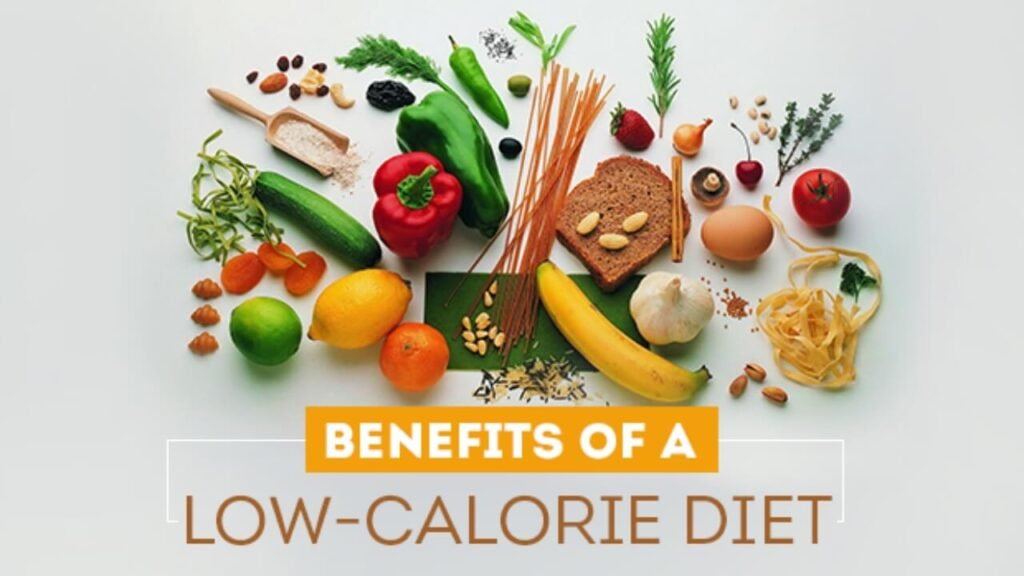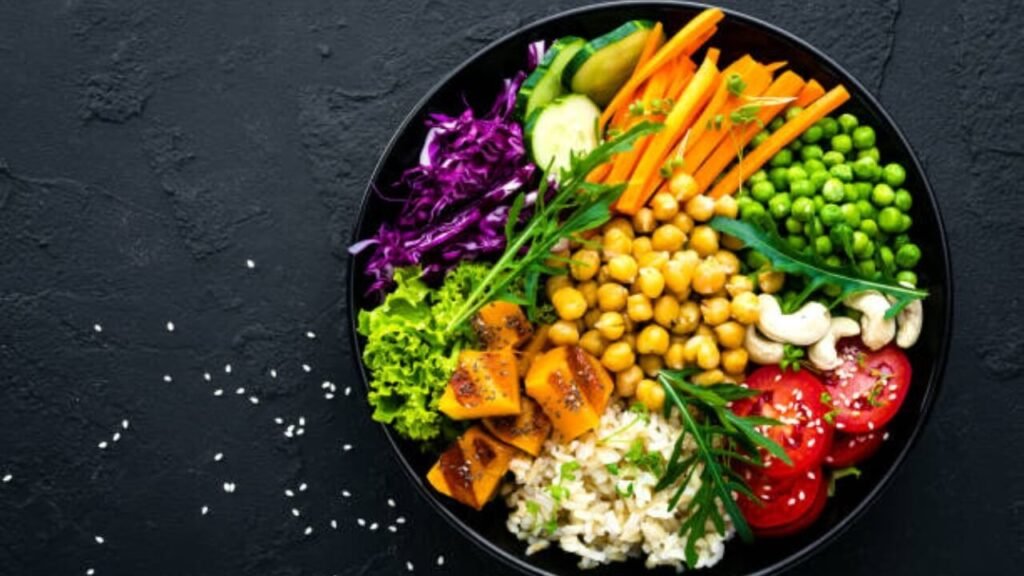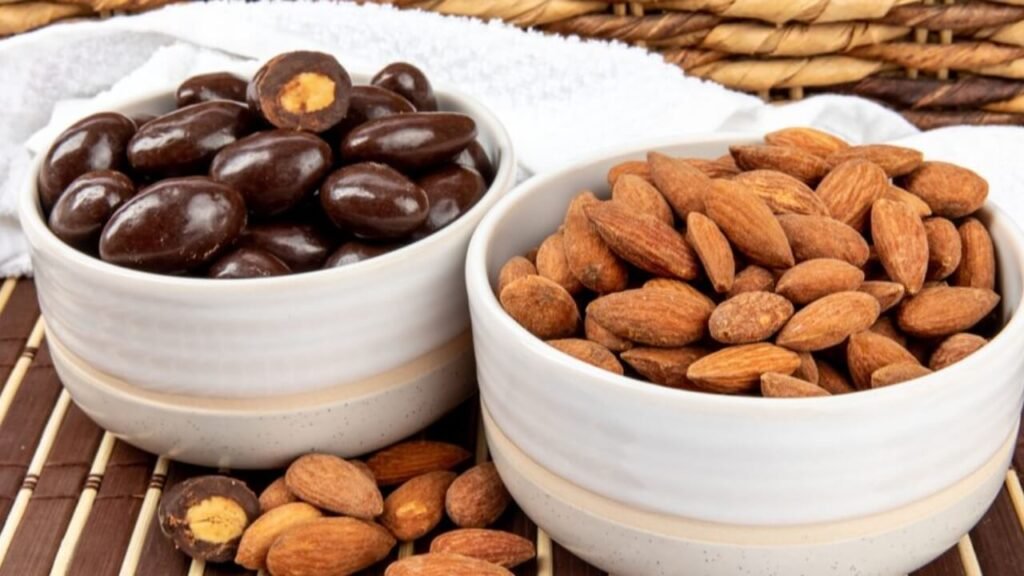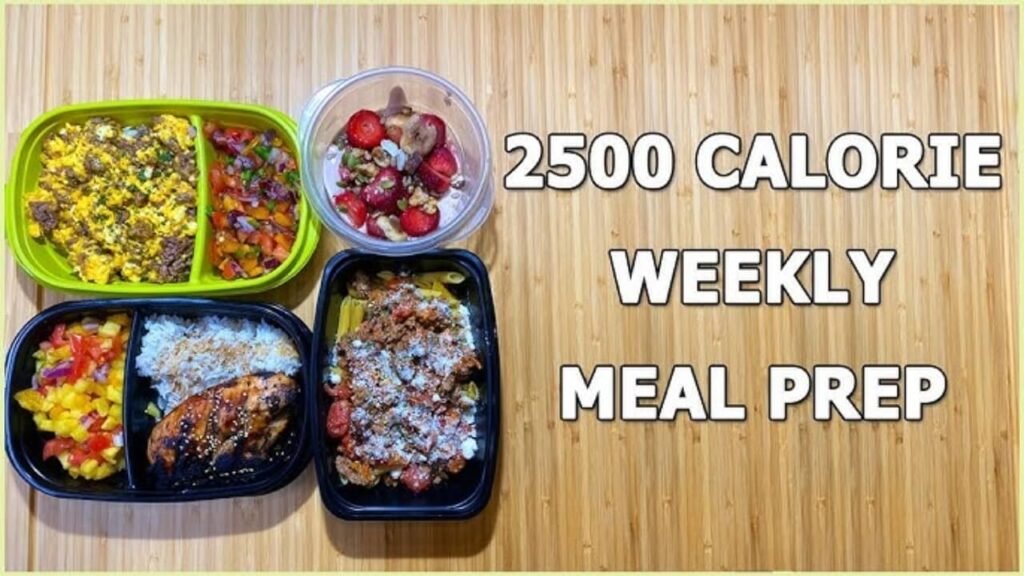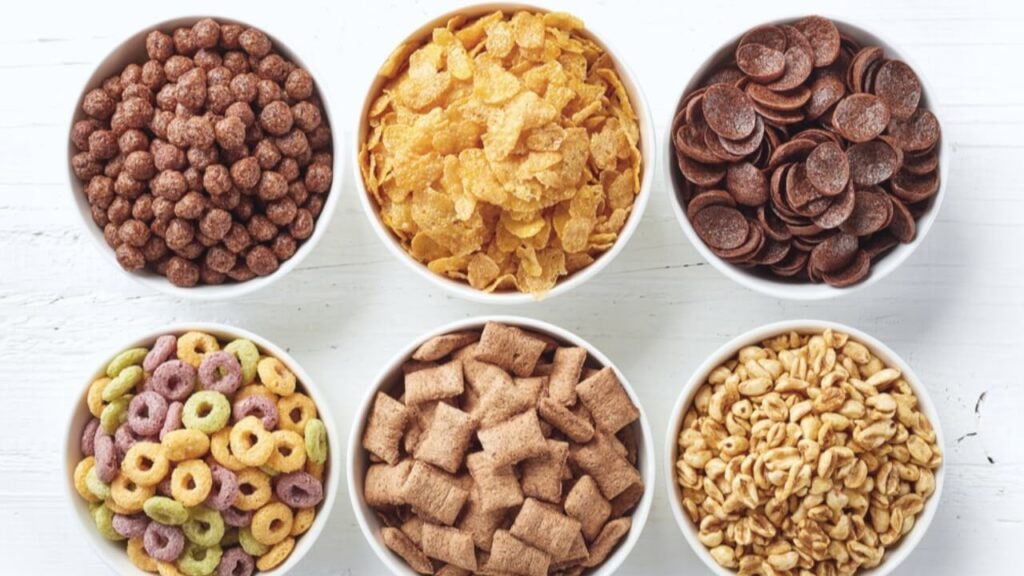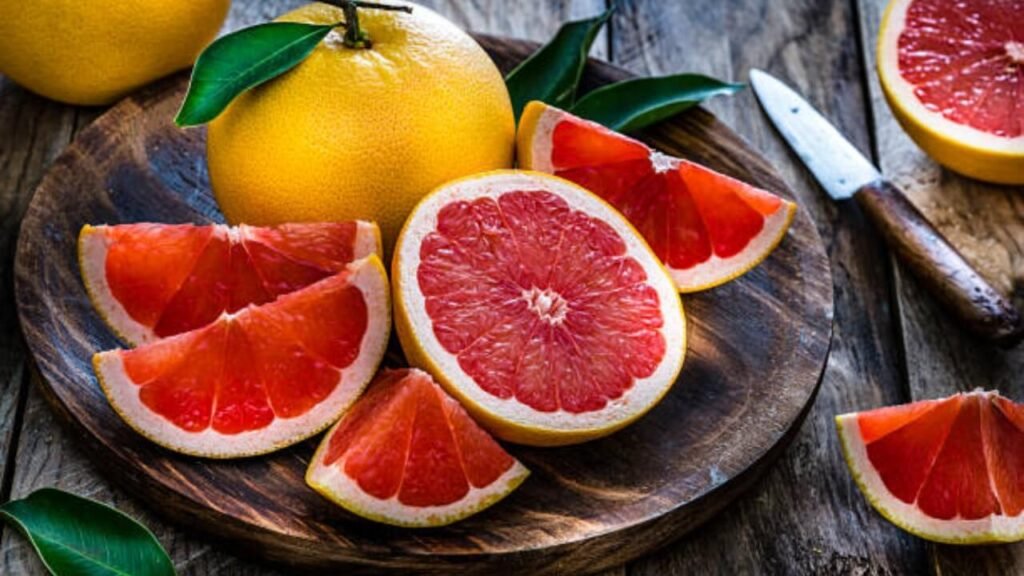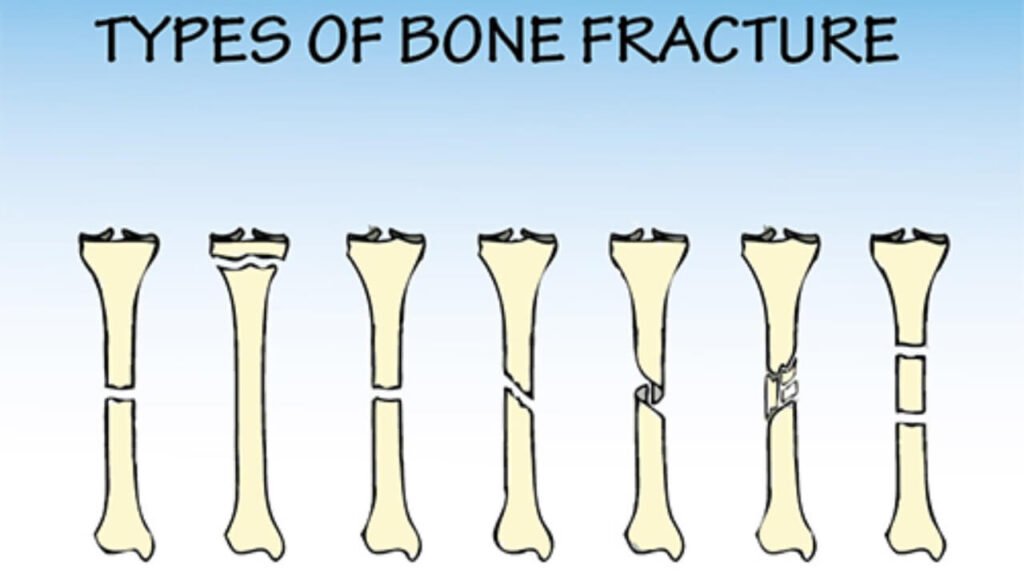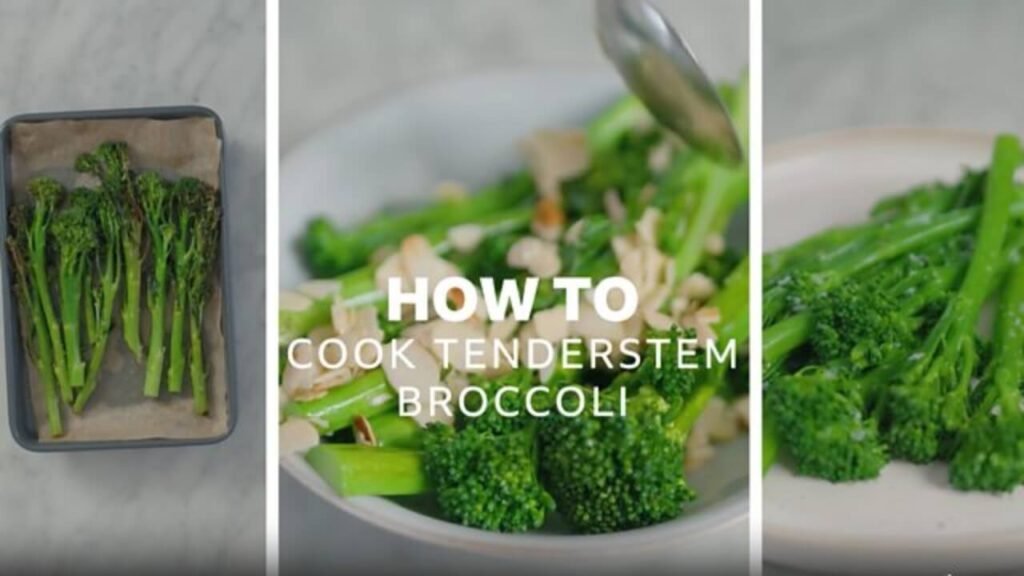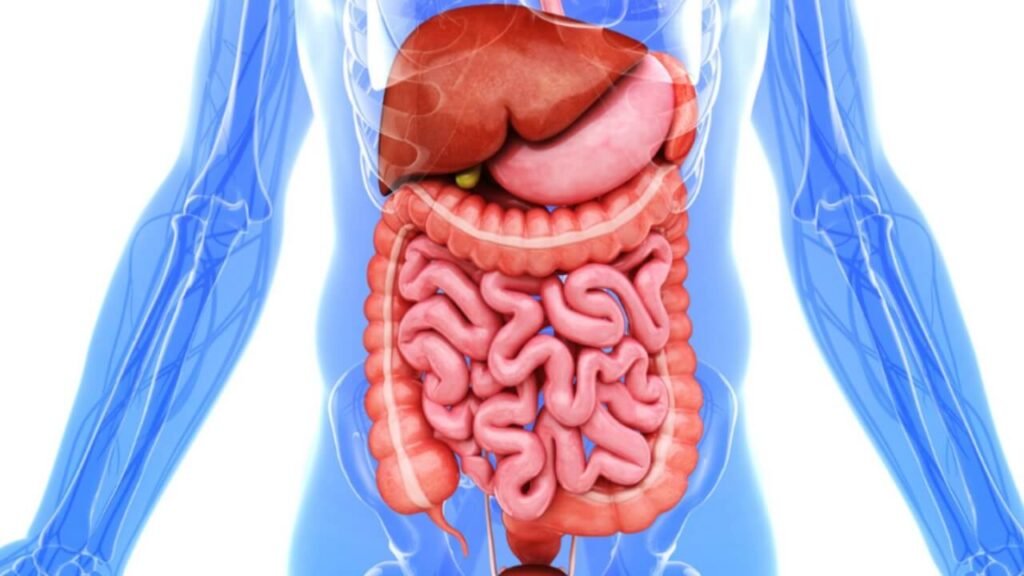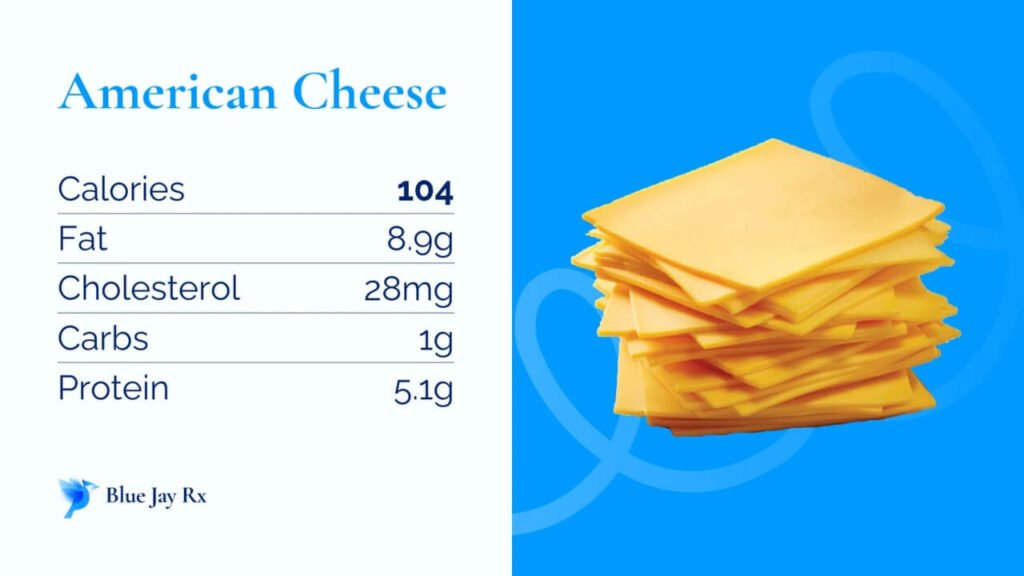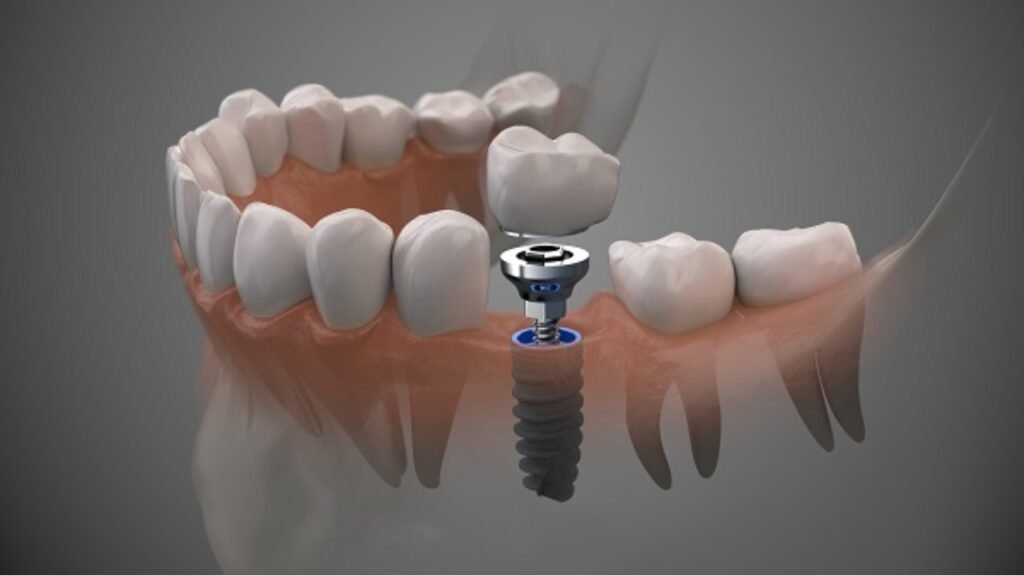Food Combining Chart-Your Guide to Better Digestion
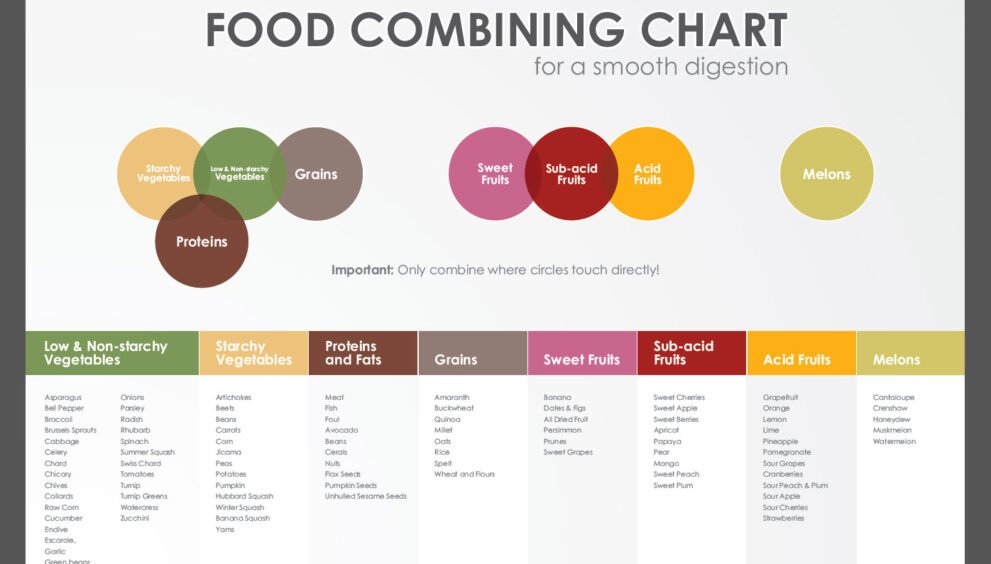
In the world of nutrition and wellness, food combining is a concept that has gained significant attention over the years. A food combining chart serves as a beneficial guide, helping people understand how to pair foods for optimal digestion and nutrient absorption. The basic principle of food combining revolves around the idea that certain food combinations can either hinder or enhance the digestive process. While this concept has its roots in traditional dietary systems, it has found modern-day relevance for those seeking to improve their digestion and overall health.
Understanding food combining is key to understanding how different foods interact in your stomach. By using a food combining chart, individuals can make informed decisions about their meals and avoid common digestive issues like bloating, gas, and discomfort. In this article, we will explore the food combining chart in detail, its benefits, how it can improve digestion, and some expert insights into the science behind it.
Understanding Food Combining and Its Principles
Food combining involves pairing foods in a manner that supports the body’s natural digestive processes. The concept is based on the idea that different types of foods require different digestive enzymes and pH levels in the stomach. For example, protein-rich foods like meat, dairy, and legumes require an acidic environment for proper digestion, while carbohydrate-rich foods, such as grains and fruits, require an alkaline environment. If incompatible foods are eaten together, it is believed that the body may struggle to digest them properly, leading to sluggish digestion and discomfort.
A typical food combining chart divides foods into categories based on their digestion requirements. These categories include:
Proteins
- Meat, chicken, fish, eggs, and dairy products.
Carbohydrates
- Grains, starchy vegetables, and fruits.
Fats
- Nuts, seeds, oils, and avocados.
Fruits
- Typically, fruits are considered to digest quickly and should be eaten alone or with other fruits, but not with proteins or starches.
How Food Combining Can Improve Digestion
The idea behind food combining is that when foods requiring different digestive environments are eaten together, the body has to work harder to digest them. This can result in feelings of bloating, indigestion, and sluggishness. However, when foods are properly combined, digestion is thought to be more efficient, leading to better nutrient absorption and less digestive distress.
For instance, consuming a protein-based food, such as chicken, with a carbohydrate-based food, such as potatoes, can slow down digestion because both require different types of digestive enzymes. However, eating protein with non-starchy vegetables, like broccoli or spinach, may promote quicker digestion and nutrient absorption. Similarly, pairing fruits with fruits allows the body to digest them efficiently, as fruits generally require less time in the stomach compared to proteins and starches.
Food Combining Chart: The Do’s and Don’ts
To effectively use a food combining chart, it’s important to understand which food combinations work well together and which do not. The chart provides easy-to-follow guidelines that help individuals make the best choices when planning meals. Below is a general overview of food pairing rules based on food combining principles:
Proteins with Non-Starchy Vegetables
Proteins should be paired with non-starchy vegetables, such as leafy greens, cucumbers, and bell peppers. This combination allows the body to digest the protein efficiently without causing unnecessary strain on the digestive system. Avoid pairing proteins with starchy vegetables, grains, or fruits, as these foods require different digestive environments.
Carbohydrates with Non-Starchy Vegetables
Carbohydrates, including grains like rice, quinoa, or pasta, should be paired with non-starchy vegetables. This combination supports proper digestion while providing a balanced meal. Avoid combining carbohydrates with proteins, as this may result in digestive inefficiency.
Fruits Should Be Eaten Alone or with Other Fruits
Fruits, particularly those high in sugar, should be eaten alone or combined with other fruits. It is advisable to avoid pairing fruits with proteins or starches, as they may not be digested effectively when mixed with these foods. Eating fruits on an empty stomach can help prevent fermentation and digestive discomfort.
Fats with Non-Starchy Vegetables
Healthy fats, such as those found in avocados, olive oil, and nuts, can be paired with non-starchy vegetables. These healthy fats provide satiety and support the absorption of fat-soluble vitamins, while the non-starchy vegetables ensure easy digestion.
Dairy and Protein Combinations
Dairy products, like milk and cheese, should ideally be consumed separately from meat or fish. Dairy is thought to require different digestive enzymes and may slow down the digestion of protein-rich foods. If consuming dairy with a meal, consider pairing it with non-starchy vegetables for easier digestion.
Starches with Non-Starchy Vegetables
Starchy foods such as potatoes, rice, and bread should be paired with non-starchy vegetables. This combination is ideal for keeping the digestive process moving efficiently, as the fiber in the vegetables helps to balance out the starchy foods.
Expert Insights on Food Combining
According to Dr. Andrew Weil, a well-known integrative medicine expert,
“Food combining may help some people improve digestion and alleviate symptoms like bloating or indigestion. However, there is limited scientific evidence to conclusively support the long-term benefits of food combining for the average person.”
Dr. Weil emphasizes that while food combinations may benefit certain individuals, it’s essential to understand that the digestive system is highly adaptable and can generally manage various food combinations.
Dr. Weil’s perspective is valuable because it underscores that while food combining is a popular concept among health-conscious individuals, its benefits are not universally supported by scientific evidence. However, many people report feeling better when following a food combining chart, which suggests that food pairings may have a subjective, individualized impact.
How to Use the Food Combining Chart in Your Daily Life
Incorporating food combining into your daily routine doesn’t have to be complicated. Start by becoming familiar with the basic principles outlined in the food combining chart, and try to apply them to your meals. Here are a few practical tips for using the chart:
- Meal Planning: Plan your meals around the food categories that work well together. For example, for lunch, consider a protein-like grilled chicken paired with a large salad made up of non-starchy vegetables.
- Eat Mindfully: Pay attention to how your body feels after meals. If you experience bloating or discomfort, try altering your food pairings according to the food combining chart.
- Experiment with New Recipes: Get creative with your food combinations. For example, try making a vegetable stir-fry with tofu (a protein) and non-starchy vegetables like bell peppers, zucchini, and spinach.
The Benefits and Potential Drawbacks of Food Combining
There are numerous potential benefits of following a food combining chart, including improved digestion, reduced bloating, and better energy levels. However, there are also potential drawbacks to consider. For example, some people may find the rules of food combination restrictive, making it harder to enjoy certain meals. Additionally, some individuals may not experience significant improvements in digestion from food combination and may prefer a more balanced approach to meal planning.
Benefits
- Improved Digestion: Proper food pairings help promote efficient digestion and may reduce issues like bloating and gas.
- Better Nutrient Absorption: Pairing foods correctly can enhance the absorption of essential nutrients.
- Weight Management: Balanced meals with optimal food combinations may help manage hunger and prevent overeating.
Drawbacks
- Restrictive Eating: Some individuals may find food combinations to be too limiting and difficult to adhere to.
- Lack of Scientific Consensus: While some people report feeling better, there is still a lack of definitive scientific evidence supporting food combination as a universal solution.
Conclusion: Is the Food Combining Chart Right for You?
In conclusion, the food combining chart offers a useful guide for those looking to optimize their digestion and improve their overall health. While the scientific evidence supporting food combining is still limited, many individuals find that they feel better when following these guidelines. As with any dietary approach, it’s important to listen to your body and make adjustments as needed. Whether or not food combining becomes a permanent part of your lifestyle, understanding how different foods interact in the digestive system is an important step toward better health.
If you’re curious about food combining, start with the basics, experiment with different combinations, and see how your body responds. The food combining chart may be just the tool you need to feel your best and unlock better digestion and wellness.
You may also read
Does Losing Weight Make You Taller? Discover the Surprising Truth



